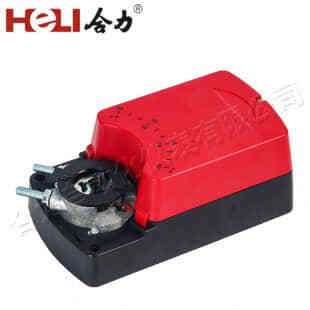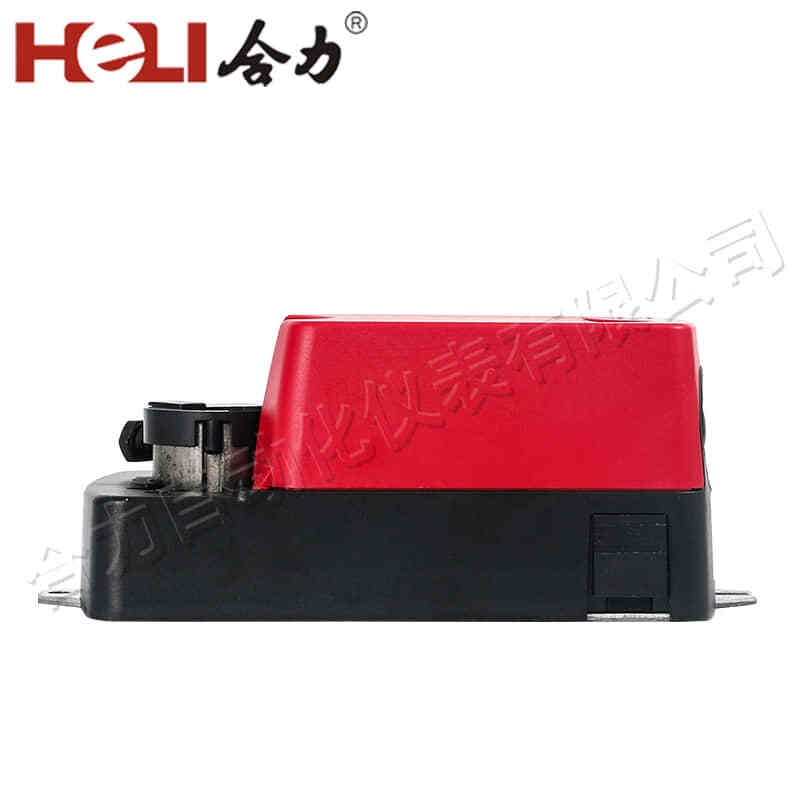Damper actuators are integral components in HVAC (Heating, Ventilation, and Air Conditioning) systems, playing a critical role in controlling air distribution, temperature regulation, and overall system efficiency. By controlling the movement of dampers in air ducts, these devices ensure the proper airflow within a system, contributing significantly to the energy efficiency and comfort of a building. In this article, we will delve into the workings, types, applications, and advantages of damper actuators, explaining why they are essential for modern HVAC systems.

What is a Damper Actuator?

A damper actuator is a mechanical or electronic device that operates a damper—an adjustable barrier that regulates airflow through a duct or ventilation system. In HVAC systems, dampers are placed within the ducts to control the amount of air flowing into various sections of the building. The actuator is responsible for opening or closing the damper based on input from a control system, sensors, or manual controls. Damper actuators can vary widely in terms of power source and operating mechanisms, ranging from electric, pneumatic, to even mechanical actuators. They can be designed to operate at different speeds and levels of precision, depending on the application.
